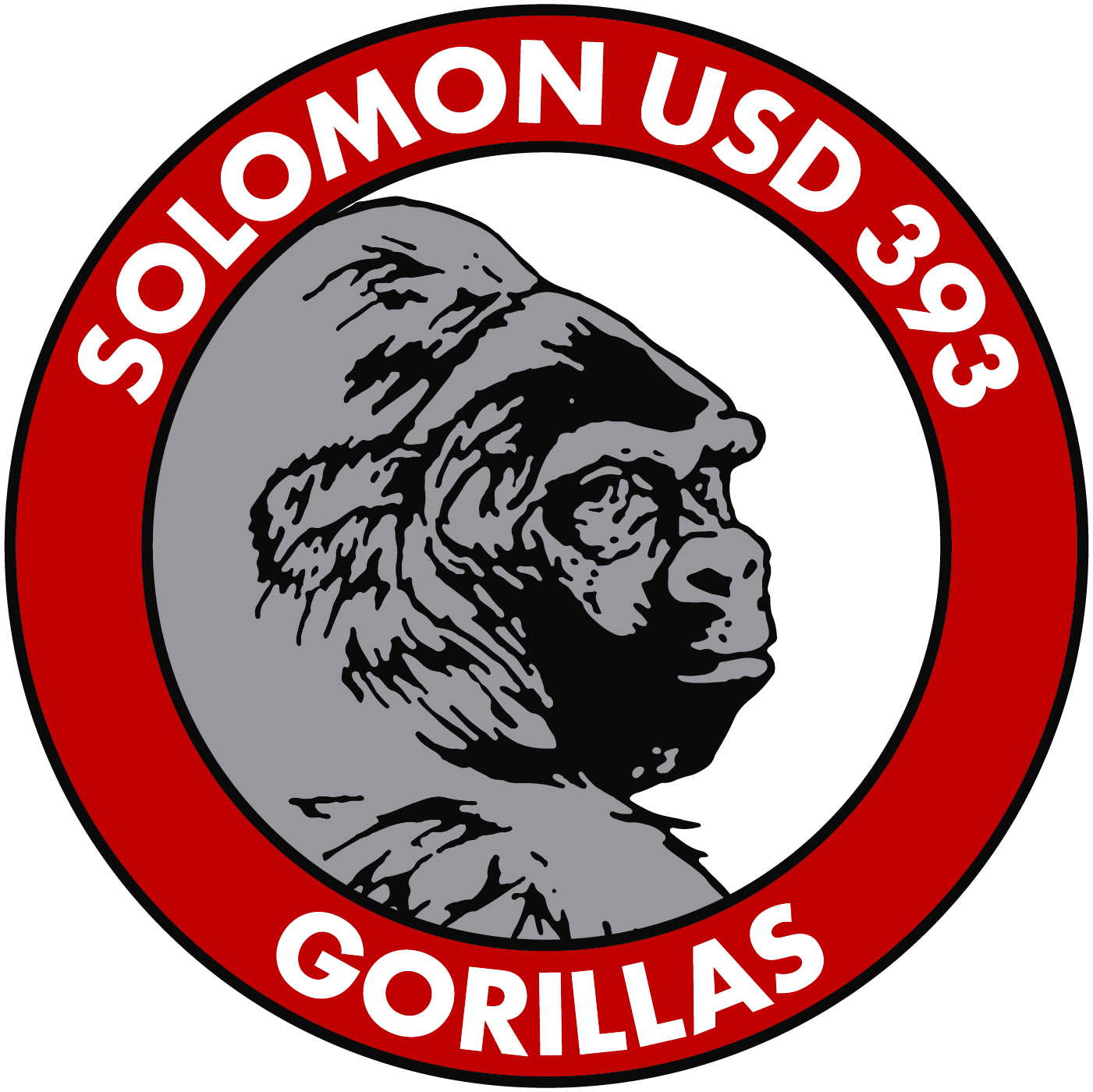Scalpel in hand and curiosity in mind, sophomore students at Solomon have spent the last month and a half uncovering the intricate workings of life—one dissection at a time. Guided by high school science teacher Erik Underwood, these budding biologists are diving deep into the anatomy of various specimens, transforming textbook concepts into hands-on discoveries. From identifying organs to tracing complex systems, the classroom has become a laboratory of exploration, where science isn’t just learned—it’s experienced.
Dissections began with simpler specimens, starting with a worm, before progressing to more complex organisms. Sophomores have dissected mussels, crayfish, starfish, and perch. Reflecting on the experience, Allison Adkins shares, “Cutting [the specimens] open is way more realistic and difficult than just looking at anatomy in a textbook.” While many students expressed initial discomfort—groans and grimaces included—they ultimately appreciated the opportunity for hands-on learning beyond lectures and textbooks. Zayden Hughes notes, “Hands-on felt better and showed me what I needed to do and how I could do it better.”
During each dissection, students worked in groups, fostering teamwork and encouragement. Their shared enthusiasm helped one another push through the task, even in moments of hesitation. When asked how the project could support students in other areas, Jack Westhead emphasized the importance of collaboration, stating, “Teamwork skills—like how to work with others and get things done together.”
The March 2025 newsletter highlighted each student's individualized learning plan, guiding them toward a college or career path after graduation. It also emphasized Solomon Schools' commitment to ensuring students leave with at least two market-value assets—internships, high-impact projects, or experiences that align with their future goals.
Students found the dissection project both insightful and engaging. “It helps you understand what you're studying better because you see it firsthand,” says Zoey Larson. Additionally, Matthew Hamm-Jones shares his fascination with comparative anatomy: “I liked dissecting and finding out how animals work compared to each other. I was surprised that most of the animals had a two-chambered heart!” Similarly, Emery Clemence reflects, “I expected it to be interesting, and it was. Maybe a little short of fun, but definitely more enjoyable than paperwork. The most interesting thing was probably the starfish because of its minimal anatomy.”
Through a series of dissections, younger high school students gain a head start in understanding how scientific learning connects to their career interests. A sophomore aspiring to research or medicine may find that dissecting specimens builds foundational knowledge, making advanced coursework more approachable. Meanwhile, an animal science student might engage with the ethical considerations of dissection, deepening their understanding of its role in education and industry.
No matter their chosen path, these lessons extend beyond the classroom—shaping future doctors, scientists, and informed thinkers who approach learning with curiosity and purpose.



